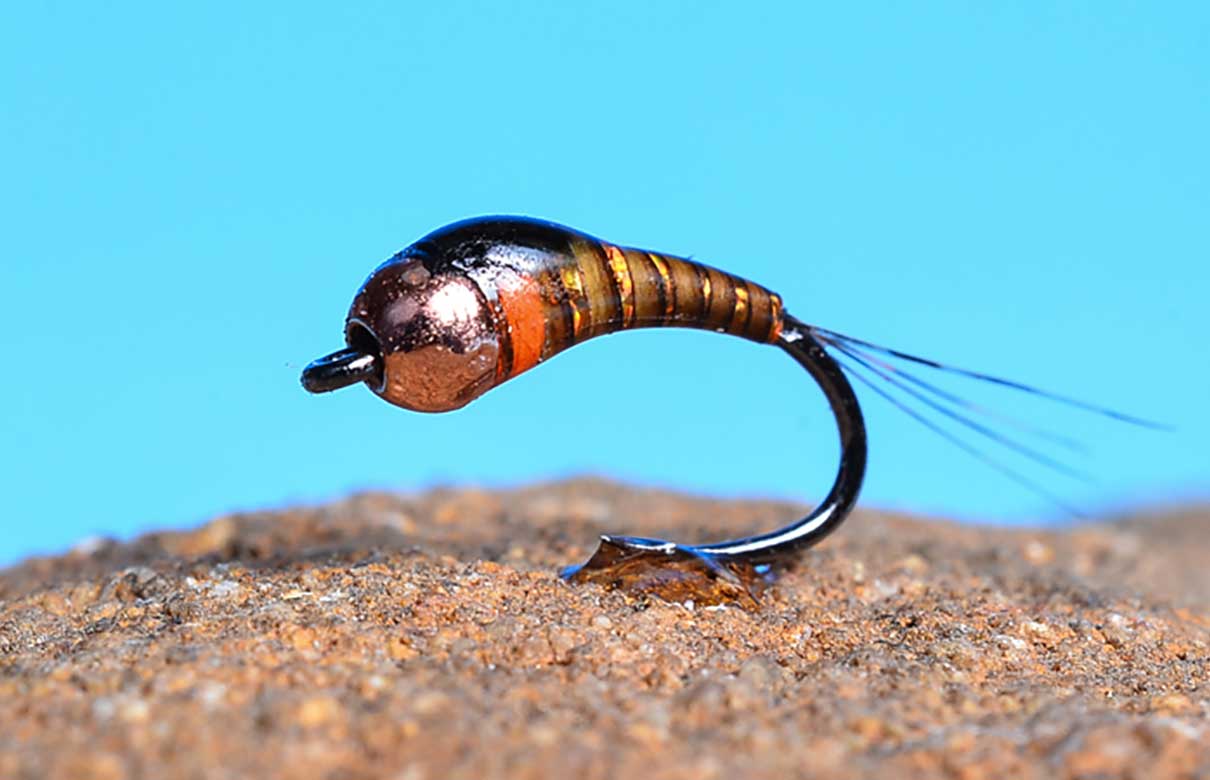Tying the Perdigon Nymph
By: Charlie Craven
 The Perdigon Nymph is perfect for situations where you need a small fly to sink quickly in deep or fast water, or as part of a dry/dropper rig. (Charlie Craven photo)
The Perdigon Nymph is perfect for situations where you need a small fly to sink quickly in deep or fast water, or as part of a dry/dropper rig. (Charlie Craven photo)
I’m not gonna lie. The hardest part of writing these magazine articles is coming up with a compelling subject. Just like when my wife asks me every morning what I want for dinner, I never know what to say when editor Ross Purnell asks what I’ve got on tap for the next issue. In both cases I generally answer with something like, “Uhhh...what sounds good to you?”
In this case, Ross came to my rescue and suggested I look into “that French fly – tied on a jig hook – that everyone is talking about.” It only took me a minute to figure out that he was talking about the Perdigon Nymph. I still don’t know what we’re having for dinner, though.
Perdigons were first developed by the Spanish competitive fly-fishing team but were really popularized by the French. These simple nymphs epitomize what I look for in good fly design. They’re simple, they sink like rocks due to their inherent weight and slim design, and when you put in a bit of effort, they can even be pretty.
There. I said it. I like my flies to be pretty. I also like them to be a bit more complicated just so I feel like I earned my catch, but the Perdigon is of no help in that regard. They’re simple, bordering on artless, and quick to tie even when dressed up, but they catch fish. They have an important niche in places where trout are looking for small flies in fast water, and you don’t want to lose contact with your flies by adding a lot of split-shot to the tippet.
READ THE FULL STORY ON FLY FISHERMAN